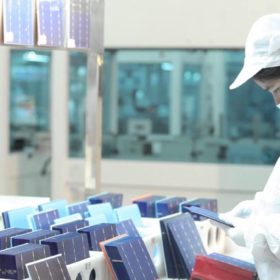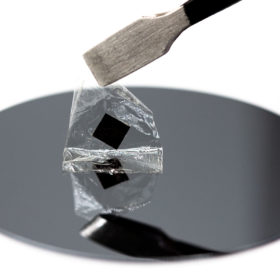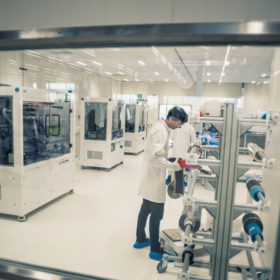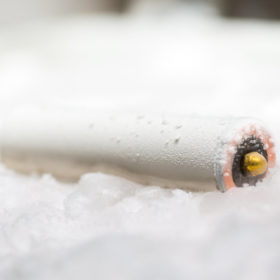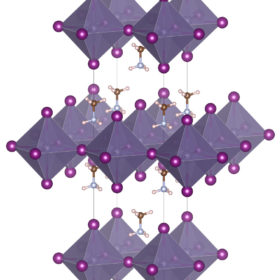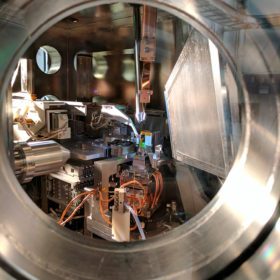Globalized supply chains saved $67 billion in solar panel production costs
A new study has calculated that the globalized PV module supply chain has saved billions for PV installers in Germany, the US and China. It also found that if strong nationalistic policies that limit the free flow of talent and capital were implemented going forward, solar panel costs would be 20-25% higher by 2030.
A step forward for single-crystal perovskites
Scientists in the United States have developed a lithography-based process for the fabrication of single-crystal perovskites. Thin films made using this process have been integrated into a range of devices, including solar cells, and have demonstrated better stability performance than their more commonly researched polycrystalline counterparts.
A closer look at clouds to optimize energy forecasts
A group of scientists in the United States has developed a weather forecasting model designed to better predict the solar irradiation that a given area will receive. The model uses satellite data to estimate the light transmission properties of clouds, a metric often overlooked in standard weather forecasting, but nonetheless vital in modeling PV energy yield.
Four challenges to solid-state battery scale-up
A paper by scientists at the University of California San Diego has outlined a technology roadmap for the development of solid-state batteries – and four challenges to address for the technology to advance.
Unlocking lithium metal’s stored potential
Several new concepts in lithium-ion storage technology have the potential to greatly the increase the energy capacity of batteries. Among them are lithium metal anodes, which could potentially increase energy density by more than 50%. With a newly optimized electrolyte, scientists at the University of California, San Diego have taken another step toward making the idea a commercial reality.
Looking past perovskites
Researchers at the University of California, San Diego – with the help of the university’s Comet supercomputer – modelled thousands of halide compounds to come up with a shortlist of 13 materials that could be candidates for the efficient solar cell materials of the future.
Understanding why cesium and rubidium salt improve the yield of perovskite solar cells
The addition of either salt enables more even distribution of halide atoms within the perovskite material – key to increasing cell conversion efficiency. The explanation should speed up the process of identifying the best perovskite mixes.
